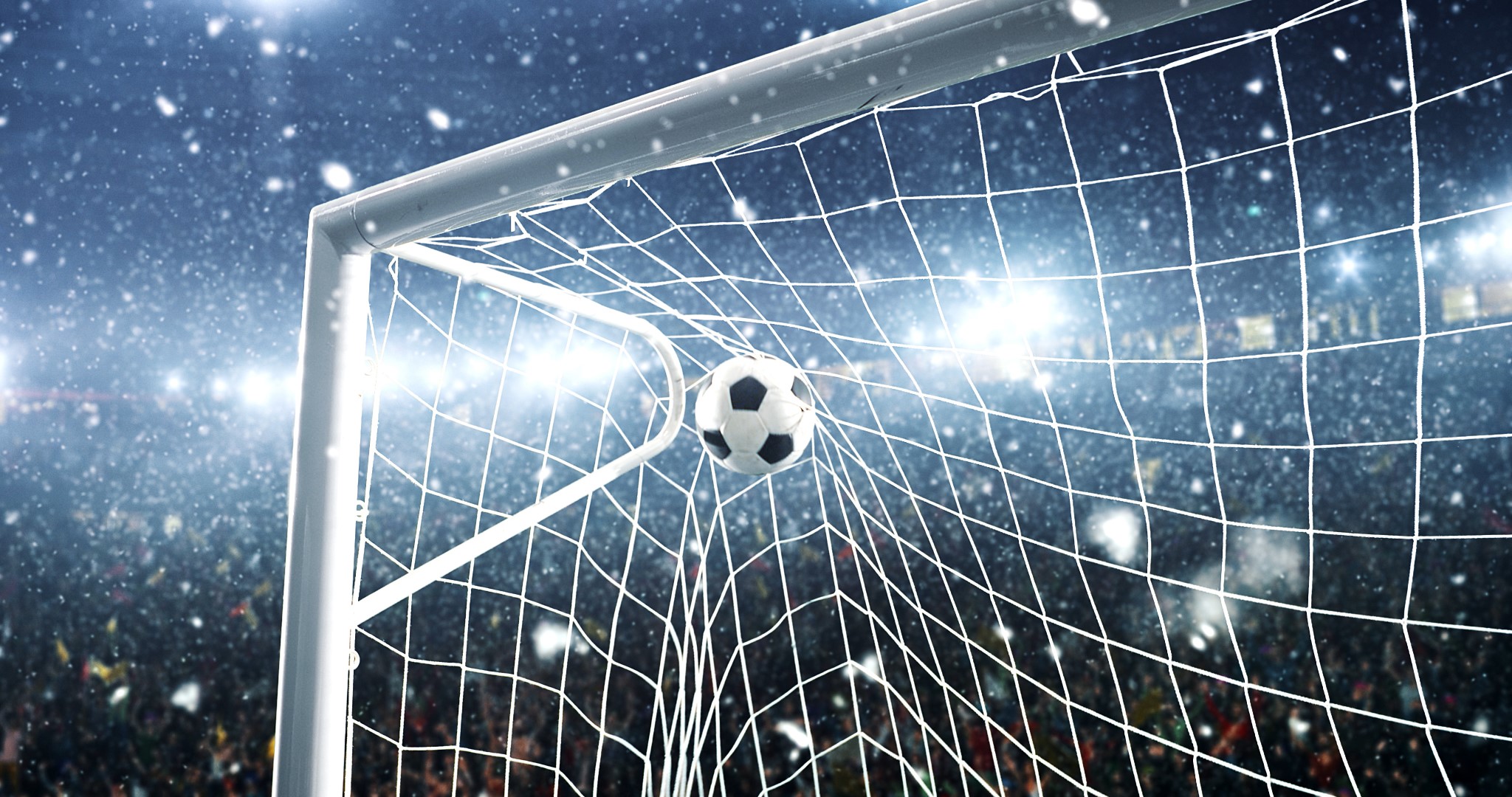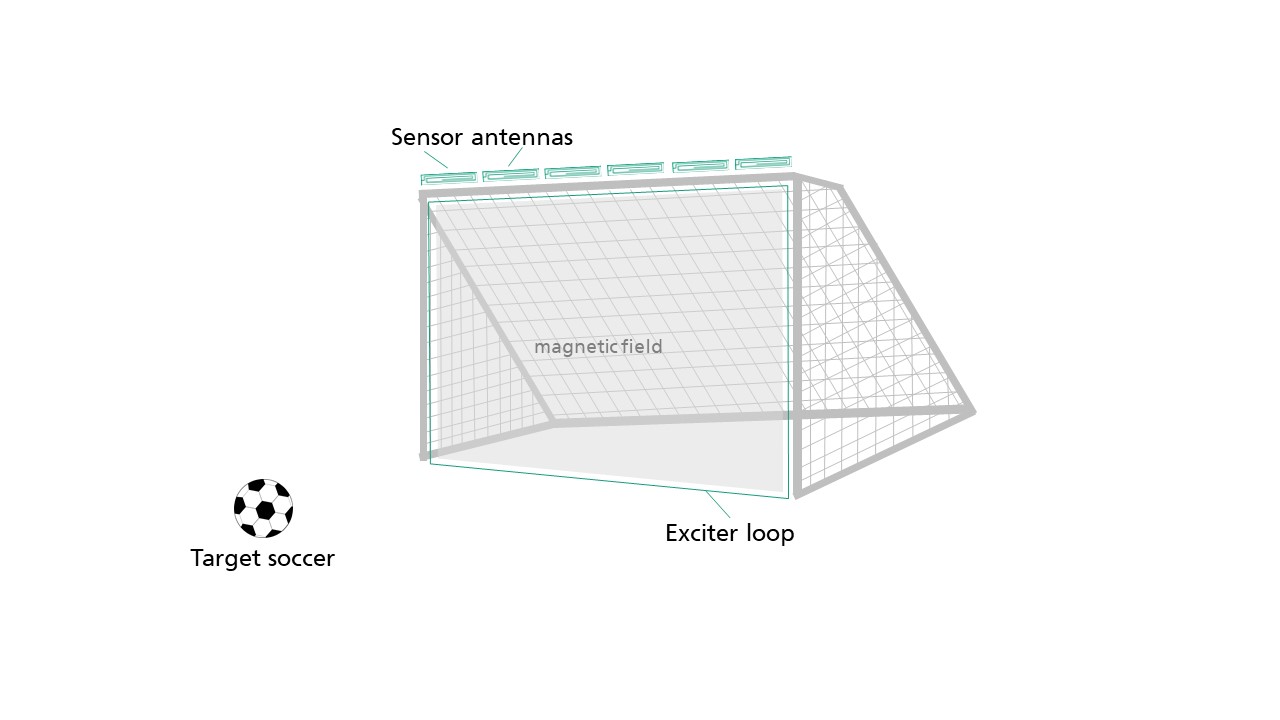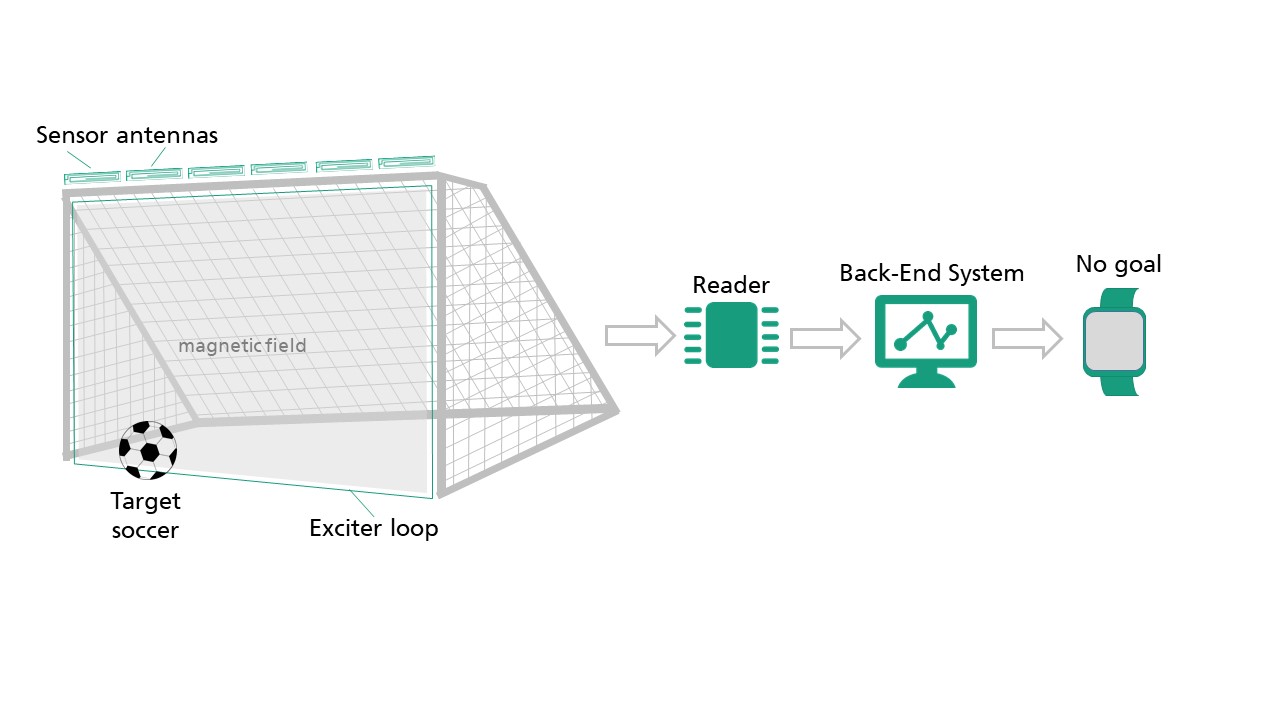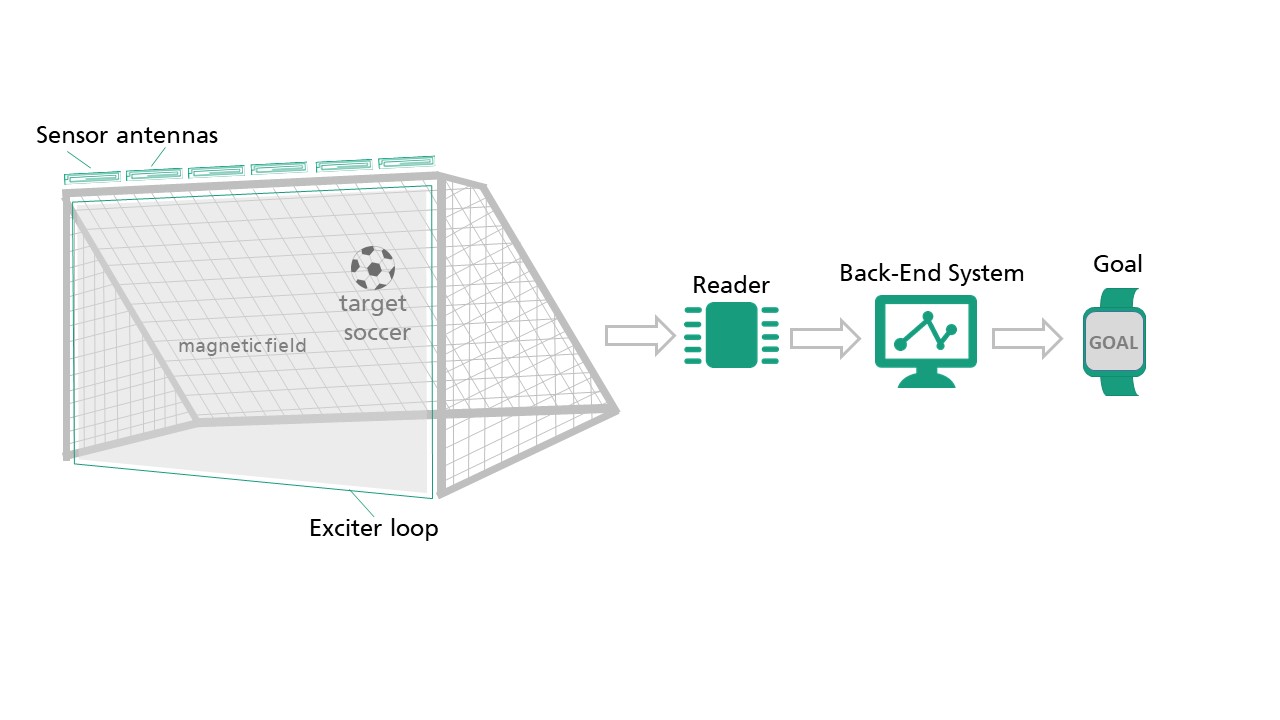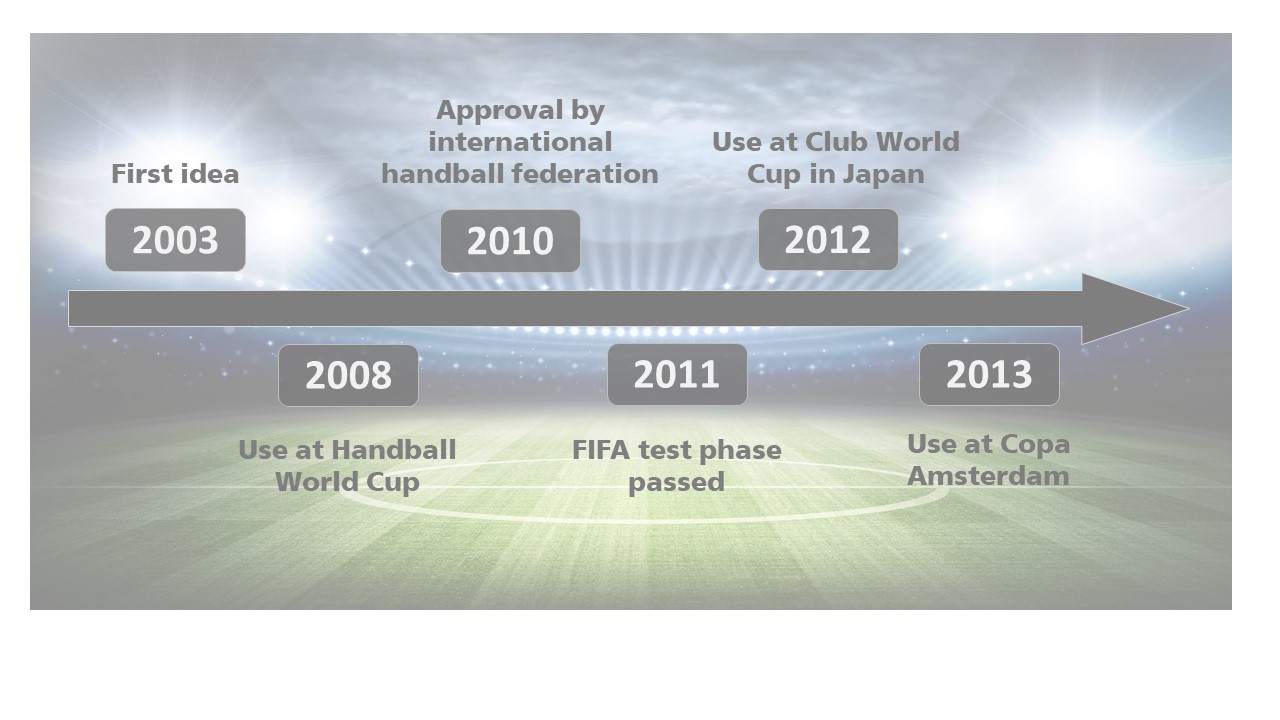At a glance
For a sport to be enjoyable, it has to be fair. This means making the correct decisions when assessing crucial moments during a game or match — something that it is difficult for human judgment to do all by itself. Often, the naked eye simply fails to catch what happens during these all-important points during play, running the risk of an unfair outcome for both sides.
Soccer is one example of a sport that can be affected by decisions like this. FIFA Law 10 states: “A goal is scored when the whole of the ball passes over the goal line, between the goalposts and under the crossbar […]”
However, many refereeing decisions in the past have failed to uphold this rule because the only judge of the situation has been a mistaken human eye.
This is why GoalRef was developed. The technology uses a magnetic field around the goal to detect with precision whether the ball has crossed the line — and it is making incorrect refereeing decisions a thing of the past.
The technology can easily be adapted to suit other ball sports and deployed in a range of industrial applications.
